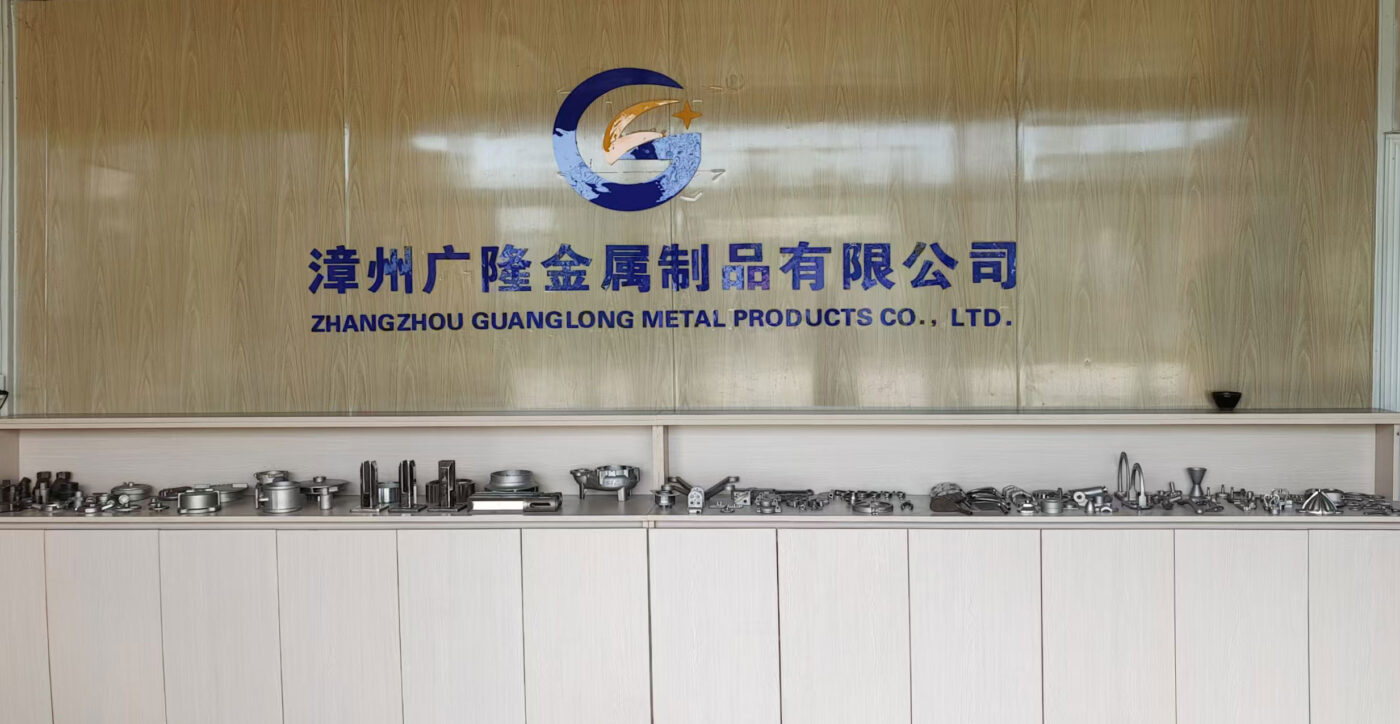Your Ultimate Guide to ODM/OEM Stainless Steel Casting Services
Have you ever wondered how top-quality stainless steel products are crafted to meet your unique design specifications? In the fast-paced world of manufacturing, the right ODM/OEM stainless steel casting services can make or break your project’s success.
This guide will explore the key aspects of these services, including:
– The difference between ODM and OEM processes
– The intricacies of custom precision manufacturing
– Best practices for selecting the right contract manufacturer
Understanding these components is essential for ensuring structural integrity, quality assurance, and overall satisfaction with the final product.
Join us as we navigate the dynamic world of OEM metal fabrication and unveil the essential insights necessary for making informed decisions. With advanced technology and strict quality standards, you’re sure to find the perfect solution for your manufacturing needs.
Introduction to ODM/OEM Metal Casting
In today’s fast-paced manufacturing landscape, the roles of Original Design Manufacturer (ODM) and Original Equipment Manufacturer (OEM) are pivotal, especially in stainless steel casting services. These processes encompass both custom casting and precision manufacturing, enabling businesses to develop components that meet unique specifications. ODM and OEM services allow companies to leverage advanced technology and manufacturing capabilities, ensuring high-quality metal components that align with industry standards.
With increasing demand for precision and detailed design, the utilization of stainless steel in casting presents several advantages, including corrosion resistance and structural integrity. This guide will explore the intricacies of ODM/OEM metal casting, detailing how businesses can effectively collaborate with contract manufacturers. By understanding these essential aspects, manufacturers can enhance their production efficiency, ensuring the final product meets both quality and performance expectations. This also fosters innovation in metal fabrication, supporting the dynamic world of OEM metal fabrication.
Understanding ODM and OEM Definitions
ODM (Original Design Manufacturer) and OEM (Original Equipment Manufacturer) play crucial roles in custom precision manufacturing, especially in stainless steel casting. An ODM designs and manufactures products based on a client’s specifications, often providing innovative solutions from conception to production. In contrast, an OEM focuses on producing components or products designed by another company. Both services are vital for creating high-quality components that meet industry standards. By leveraging their expertise in the casting process, manufacturers can deliver intricate designs while ensuring material quality, ultimately supporting businesses in achieving their desired product specifications.
Importance of Precision in Casting
Precision in the casting process is crucial for ensuring the quality and performance of the final product. High precision reduces defects, ensuring that each metal component meets stringent specifications. This impacts structural integrity and enhances durability, especially for complex designs.
Key Benefits of Precision Casting:
– Improved product reliability and functionality.
– Enhanced production efficiency by minimizing waste.
– Consistency in quality across batches, which is vital for maintaining competitive edge in various industries.
In today’s market, adopting advanced technology for precision manufacturing is not just beneficial—it’s essential for meeting customer expectations and industry standards.
Key Processes in ODM/OEM Metal Casting
Understanding the key processes in ODM/OEM stainless steel casting is essential for achieving high-quality results. Let’s take a closer look at these processes:
1. Design and Prototyping
The journey begins with computer-aided design (CAD), where intricate designs are created. Prototyping allows for testing before mass production, ensuring the design meets specifications.
2. Material Selection
Choosing the right raw material is critical. Stainless steel, known for its corrosion resistance and strength, is often preferred. The selected material directly impacts the product’s durability and performance.
3. Molding Techniques
Various molding techniques, such as sand casting and die casting, are utilized to form the desired shapes. The choice of technique affects accuracy and surface finish.
4. Quality Control
Throughout the process, strict quality control measures are implemented, ensuring that the final product meets industry standards and specifications.
By mastering these processes, businesses can produce high-quality metal components that meet unique manufacturing requirements.
Materials Used in Metal Casting
In ODM/OEM stainless steel casting, materials play a crucial role in determining the quality and durability of the final product. Stainless steel, renowned for its corrosion resistance and mechanical properties, is often the preferred choice for applications requiring structural integrity. Other materials like cast iron and mild steel also come into play, depending on the specific characteristics needed for the component. Each material offers unique benefits, such as low thermal conductivity and the ability to maintain precise tolerances. Thus, selecting the right material ensures optimal performance and cost-efficiency in production while meeting industry standards.
Selecting the Right Contract Manufacturer
Choosing the right contract manufacturer for ODM/OEM services is crucial for quality assurance. Here are key factors to consider:
Experience and Expertise
Look for manufacturers with a proven track record in stainless steel casting and related services.
Quality Standards
Ensure they adhere to strict quality control processes and industry standards.
Communication
Effective communication fosters collaboration and helps address any manufacturing challenges promptly.
Capabilities
Evaluate their manufacturing capabilities, including advanced technology and equipment, to match your unique requirements.
Following these guidelines will enhance your project’s success by ensuring a high-quality final product.
Quality Assurance Practices in Manufacturing
Effective quality assurance practices are crucial in ODM/OEM stainless steel casting to ensure high standards. First, implementing strict quality control measures throughout the manufacturing process is essential. This includes regular inspections, testing mechanical properties, and documenting results meticulously.
Additionally, leveraging advanced technology like computer-aided design (CAD) can help in detecting design flaws early. Conducting regular audits and fostering effective communication between teams enhances accountability. Lastly, adherence to industry standards and certifications guarantees that products meet regulatory compliance, which ultimately contributes to the production of high-quality components that meet unique specifications.
Successful Case Studies in Precision Casting
Successful ODM/OEM projects illustrate the benefits of effective metal casting in various industries. For instance, ABC Manufacturing utilized advanced technology to produce intricate metal parts for the aerospace sector, enhancing structural integrity while meeting strict quality standards. Another example is a medical device company that collaborated with a contract manufacturer to create high-quality components, ensuring corrosion resistance and compliance with regulatory requirements. These case studies highlight the importance of selecting the right contract manufacturer, utilizing innovative casting techniques, and implementing responsible quality control measures to achieve outstanding results in precision manufacturing.
Conclusion
In summary, navigating the world of ODM/OEM stainless steel casting services requires a clear understanding of its intricacies. We explored definitions, the significance of precision in casting, and key processes involved. Selecting the right contract manufacturer is crucial for creating high-quality components that meet the specifications of original equipment manufacturers. Quality assurance practices, along with effective communication, ensure that products not only achieve their intended performance but also maintain structural integrity under various environmental conditions. By prioritizing these elements, businesses can harness the advantages of advanced metal casting techniques. Ultimately, a strategic partnership with a knowledgeable manufacturer can enhance production efficiency and yield superior results in custom precision manufacturing.
FAQs
What is the difference between ODM and OEM services?
ODM (Original Design Manufacturer) focuses on creating products based on the designs provided by clients. In contrast, OEM (Original Equipment Manufacturer) produces products based on designs and specifications provided by another company. Both play crucial roles in custom precision manufacturing.
Why is stainless steel preferred for casting?
Stainless steel is favored due to its corrosion resistance, strength, and durability. These properties make it ideal for high-quality components that require integrity and longevity across various industries.
How do I ensure quality in my ODM/OEM projects?
Selecting a reputable contract manufacturer with strict quality control measures is essential. Look for certifications, experience in the industry, and the use of advanced technology to maintain high standards throughout the manufacturing process.
What are the common applications of ODM/OEM stainless steel casting?
Applications include automotive parts, machinery components, and consumer products. These industries benefit from the precision and durability that stainless steel offers, ensuring functional and reliable final products.
By understanding these key elements, businesses can navigate the complex landscape of ODM/OEM stainless steel casting services effectively, ensuring a successful outcome throughout the production lifecycle.

